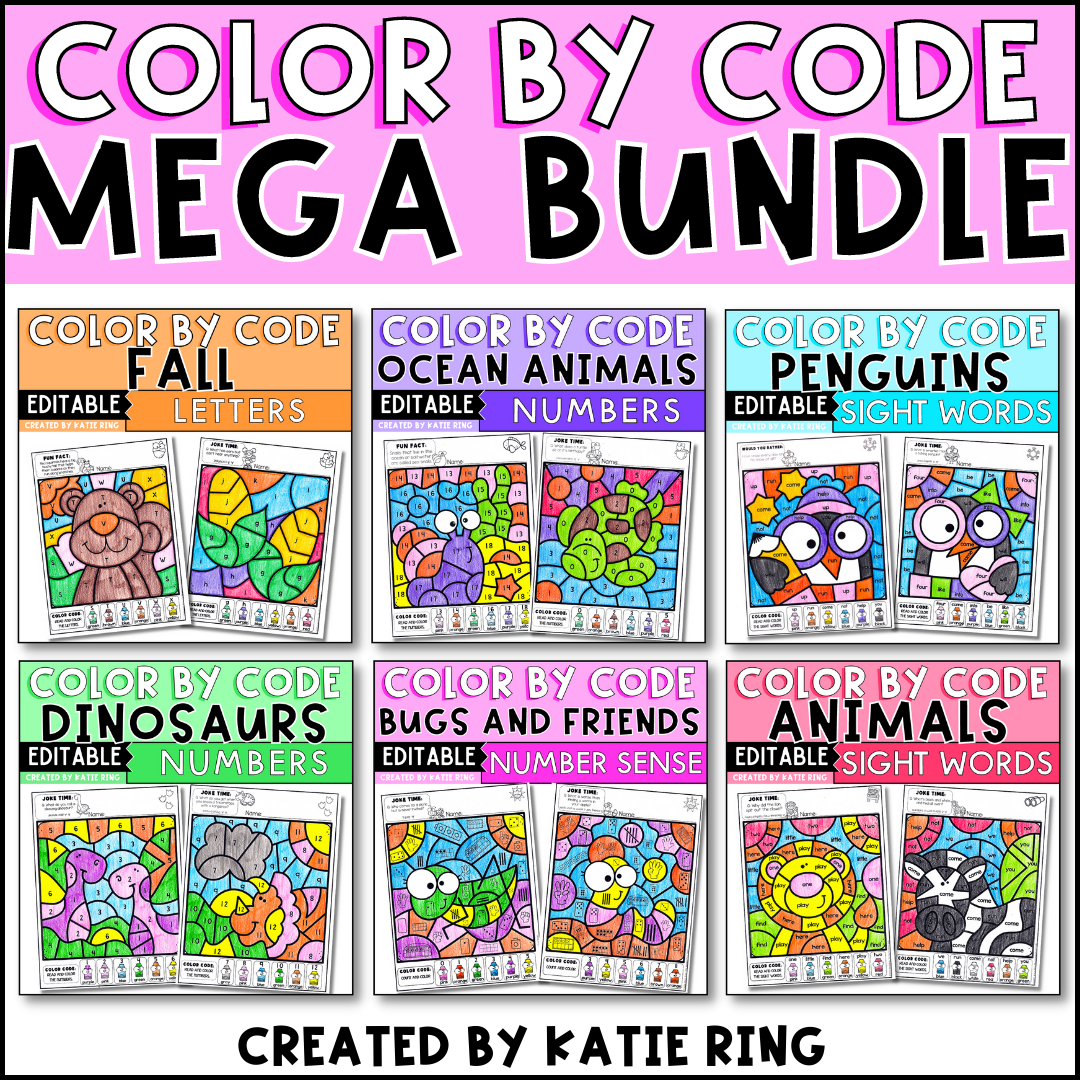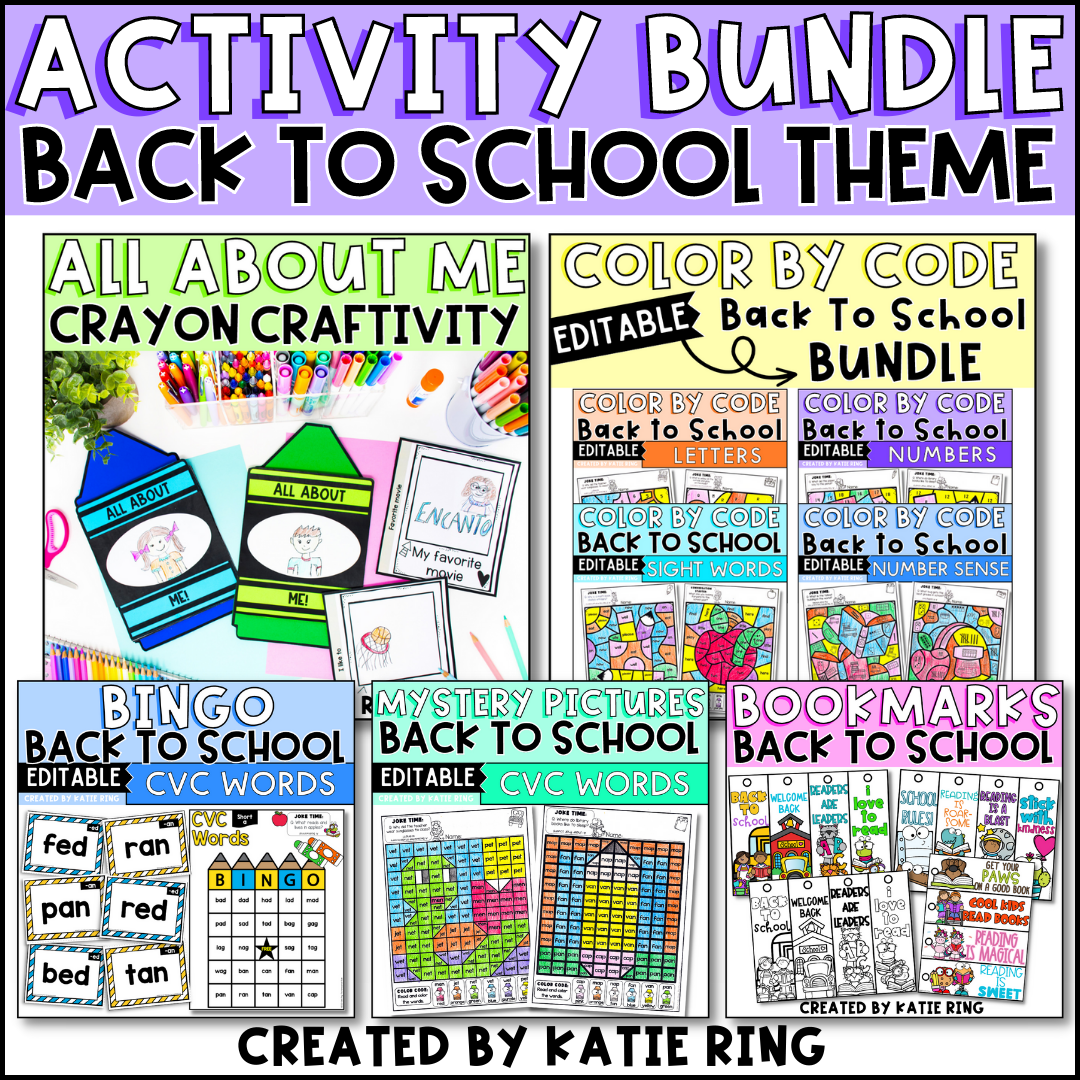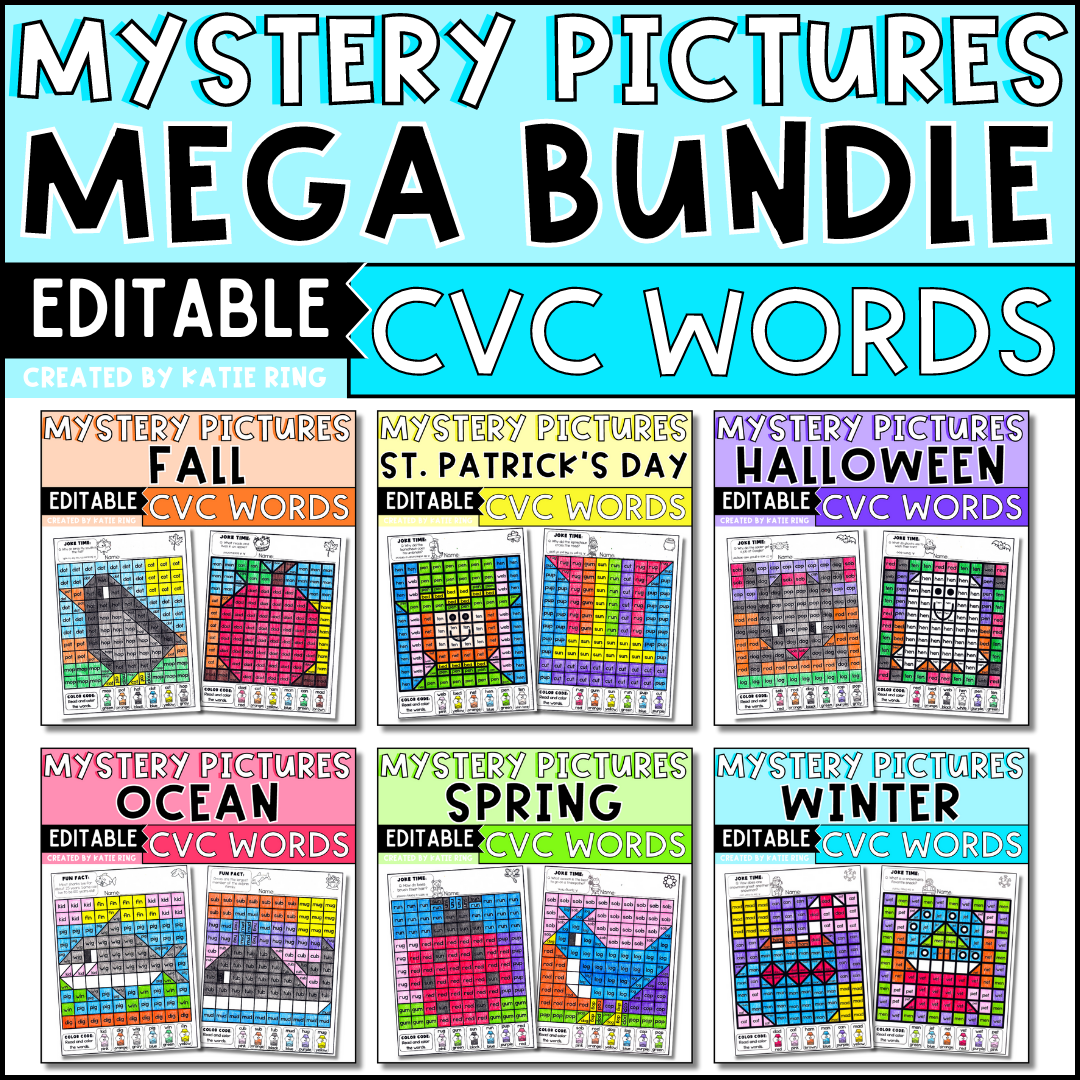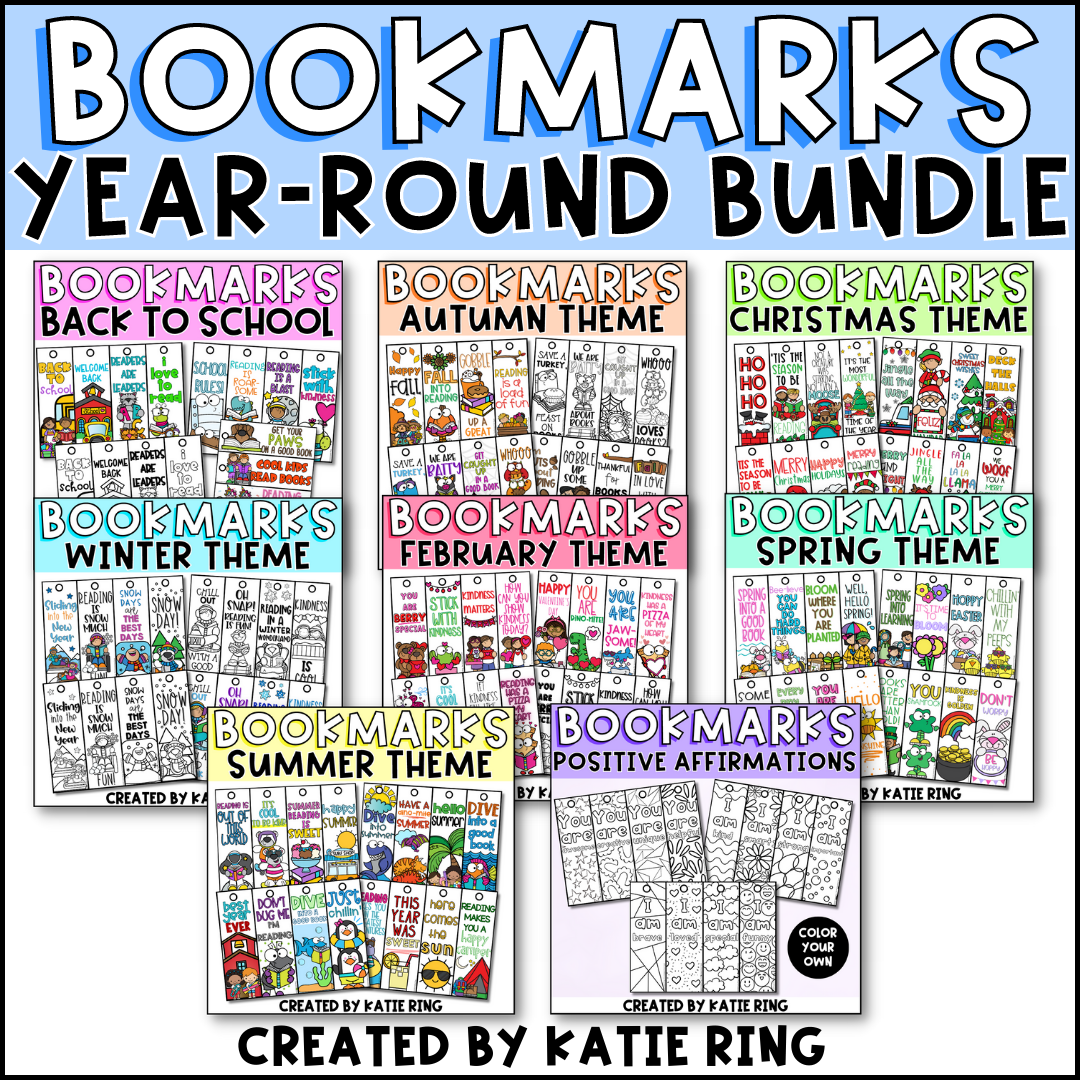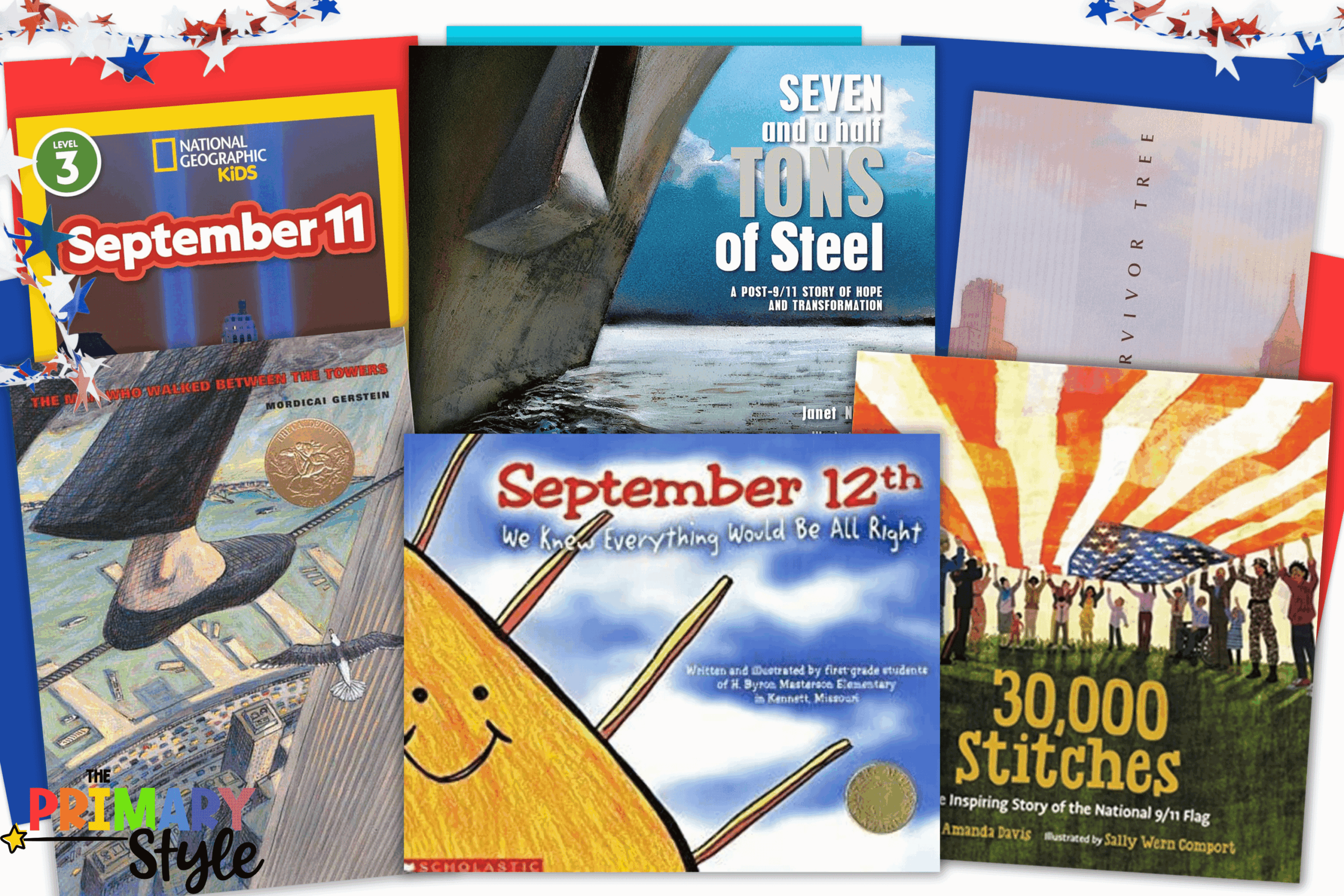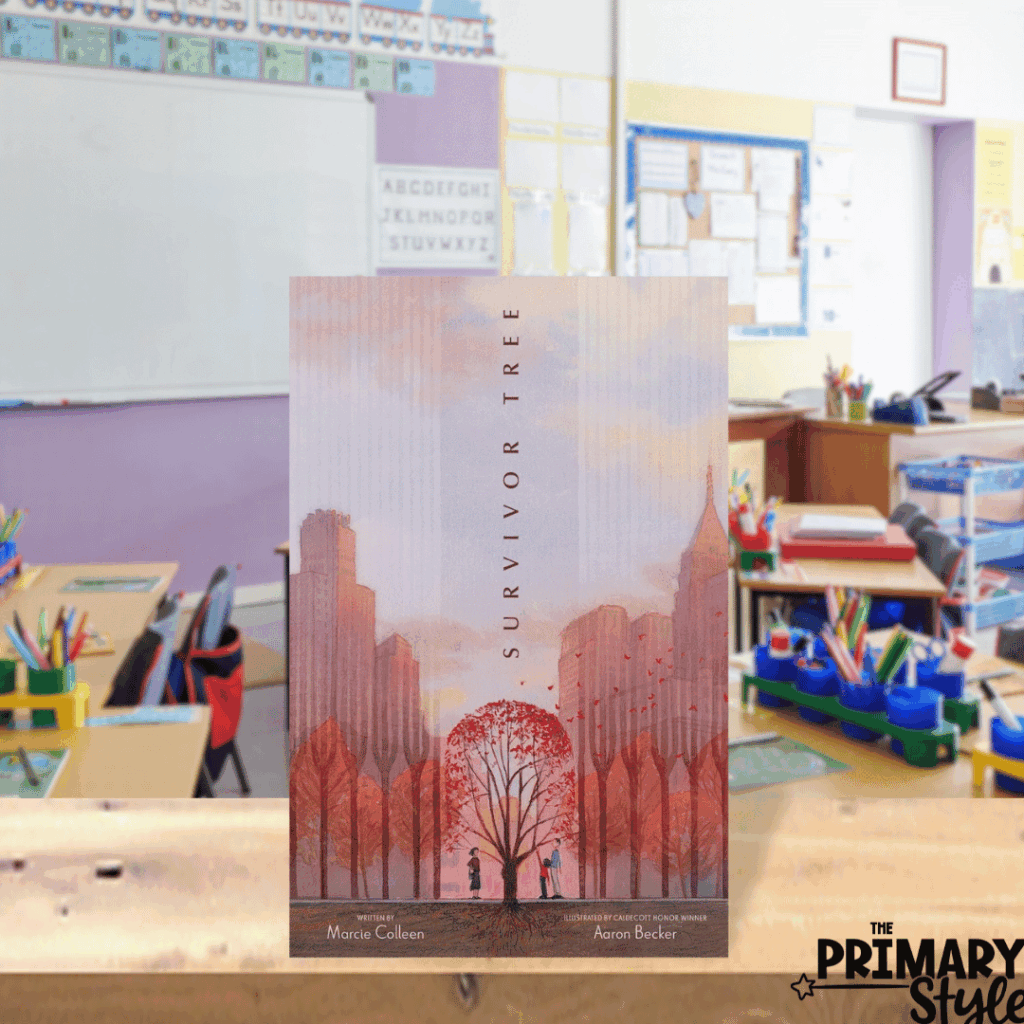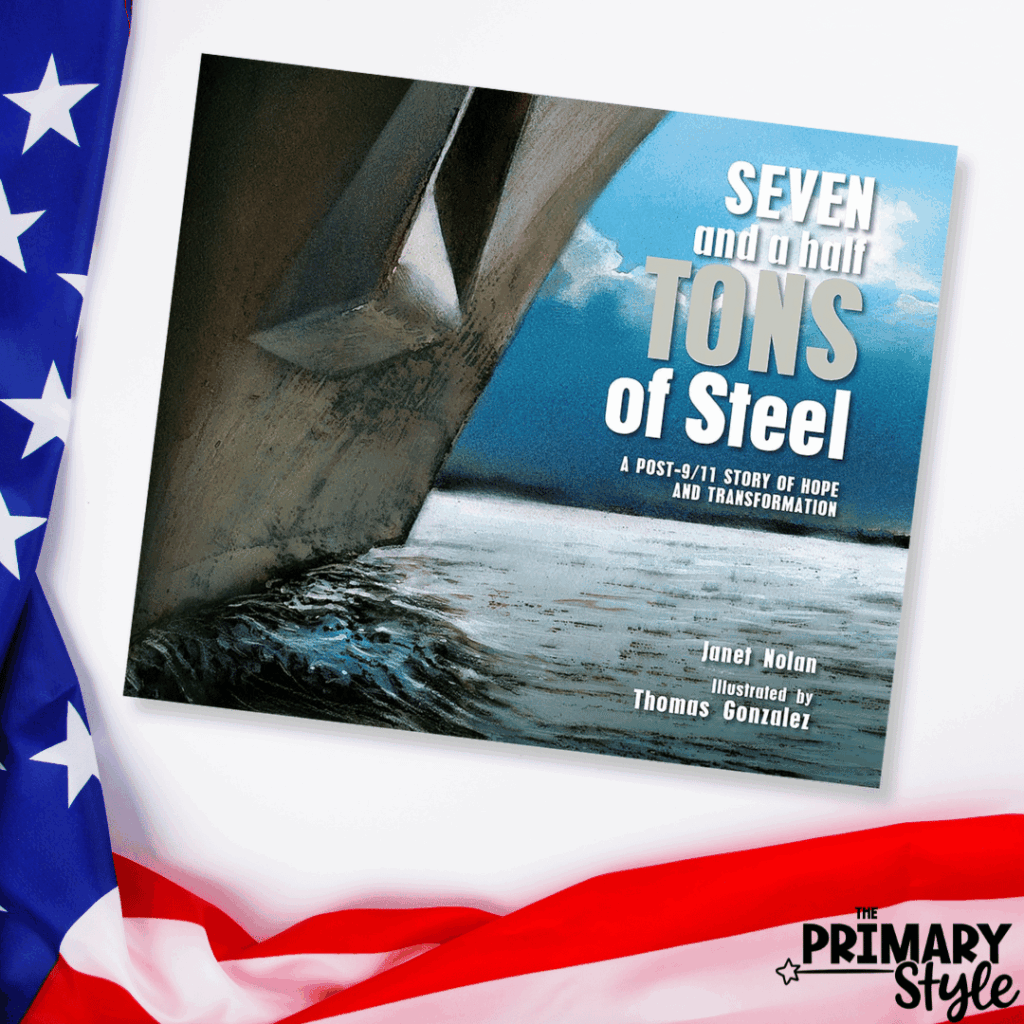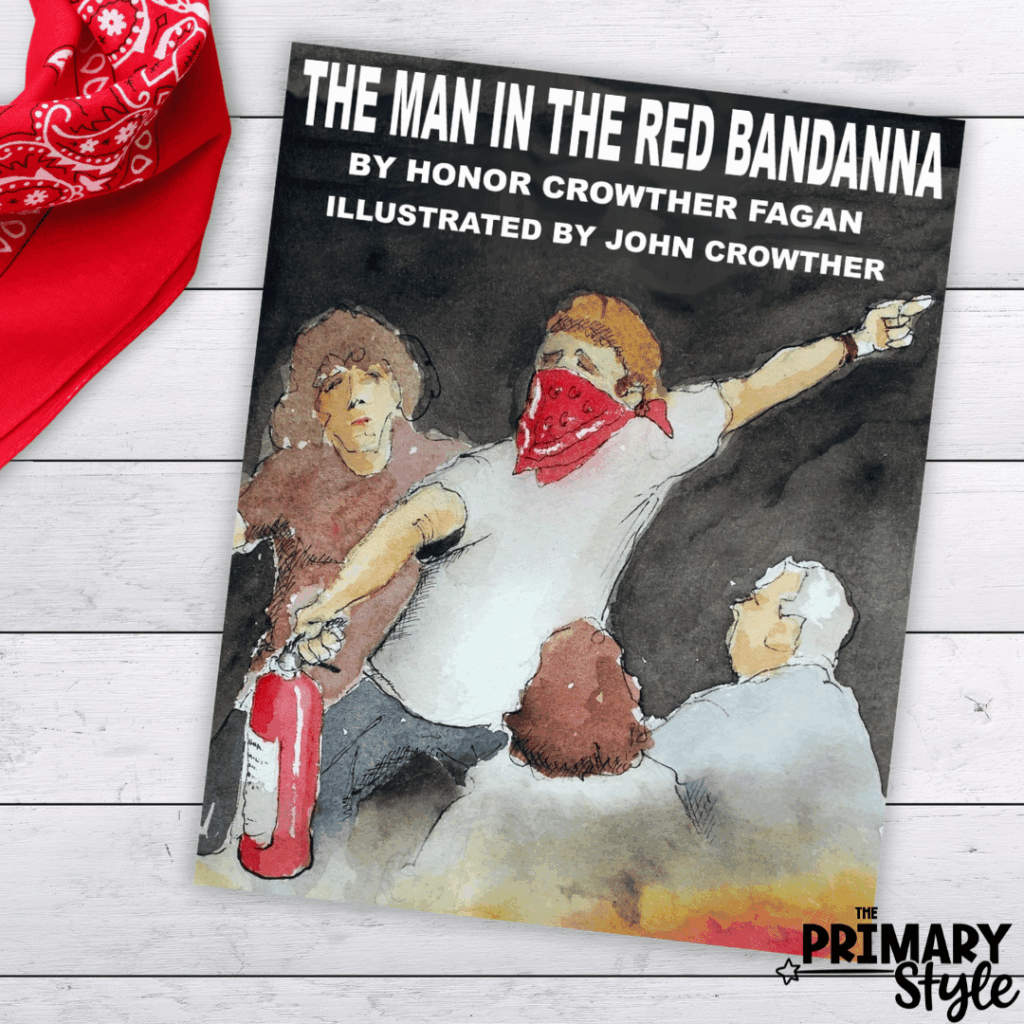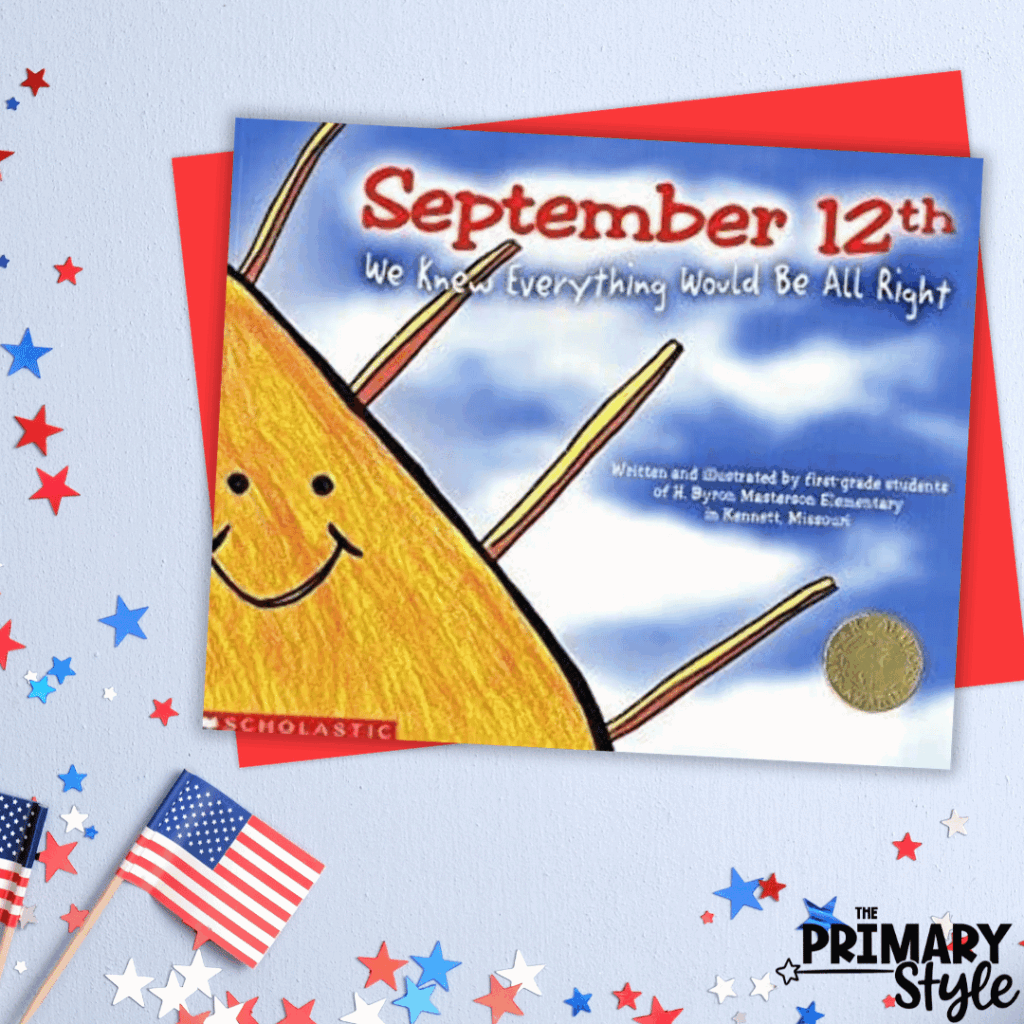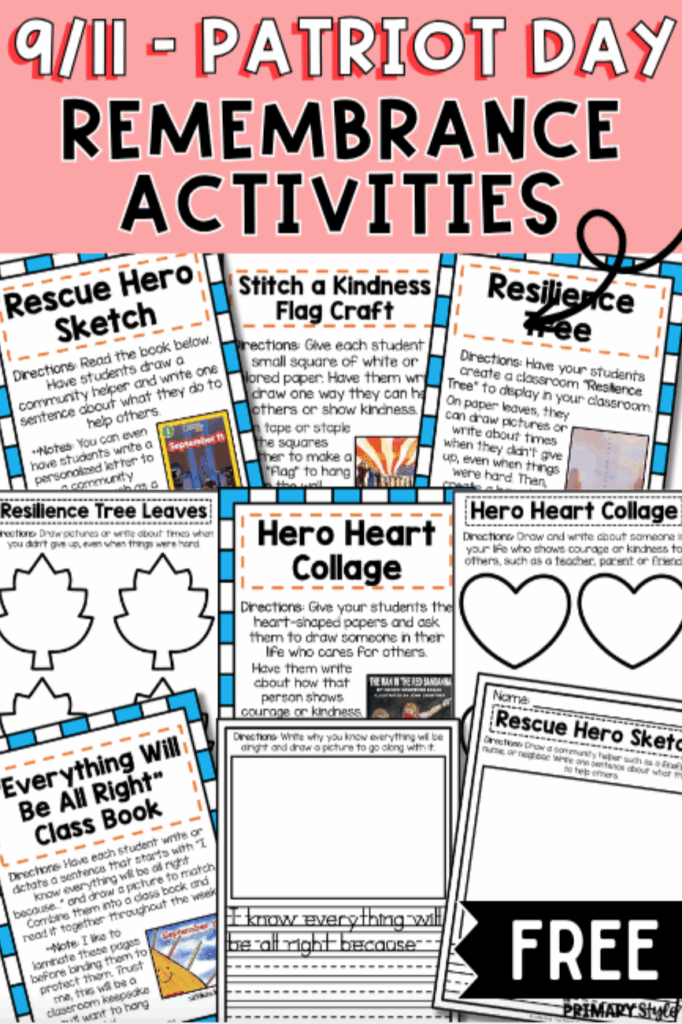Teaching about Patriot Day (September 11th) in a primary classroom can feel tricky. After all, these are heavy topics, and our students are just beginning to explore the world around them. But with the right stories, we can guide meaningful conversations about courage, kindness, community, and hope. These engaging picture books about patriot day and discussion ideas offer gentle, age-appropriate ways to help children understand the importance of remembrance, without fear or overwhelm.
Why These Picture Books About Patriot Day Matter
Books give our students the language to talk about big feelings, and sometimes, big events. These stories don’t focus on tragedy. They focus on the helpers. The brave. The hopeful. The kind. By reading these picture books around Patriot Day, we create space for:
- Thoughtful reflection
- Age-appropriate understanding
- Appreciation for community and kindness
They’re not about historical facts and timelines; they’re about the heart, hope, and human connection. These will be such a meaningful addition to your lessons!
1. September 11 by Libby Romero
When it comes to Patriot Day, this National Geographic Kids Reader provides a gentle, factual way to explore what happened on September 11, 2001, through the lens of rescue, community, and recovery. With vivid photography and age-appropriate text, it offers students a respectful way to understand a complex event without unnecessary worry.
The book recounts the attacks at the World Trade Center, the Pentagon, and in Pennsylvania. It also honors the first responders and civilians who came to help, balancing factual reporting with hope for the future.
Discussion Ideas:
- Who were the helpers in this story? Why were they important?
- How did communities come together after such a scary day?
- What does courage look like in big moments, and in small moments like helping a friend?
Follow-Up Activity: Rescue Hero Sketch
Invite students to draw a real community helper of their choosing, such as a firefighter, nurse, or neighbor, and write one sentence about what they do to help others. You can even take this one step further and write personalized letters to a community workforce, such as the hospital or police station in your area, to thank them for their service.
2. The Man Who Walked Between the Towers by Mordicai Gerstein
This Caldecott Medal book tells the story of Philippe Petit, who walked a tightrope between the Twin Towers in 1974. Though the book is not about 9/11, it’s a tribute to the towers’ beauty and the feeling of wonder they inspired. This is a great book to open up the discussion about what the Twin Towers looked like before and what bravery looks like to each of your students.
Discussion Ideas:
- What does bravery mean to you?
- Why do you think the author chose to tell this story?
Follow-Up Activity: Bravery Web
Make a “bravery web” on chart paper. In the center, write “BRAVERY IS…” and let students add words, pictures, or stories. You can expand on this further by having your students write a sentence or two and draw a picture of their own afterward. Tie this into the bravery of the first responders who helped on 9/11 as you dive deeper into this topic.
3. Survivor Tree by Marcie Colleen
This emotional story follows the journey of a pear tree that was found buried in rubble after the attacks, but was brought back to life and replanted at the 9/11 memorial. The tree continues to grow stronger and better than ever before. Its survival symbolizes strength and resilience.
Discussion Ideas:
- Why do you think the tree is important?
- How did the tree change from the beginning to the end of the story?
Follow-Up Activity: Resilience Tree
Have students create a classroom “Resilience Tree” to display in your classroom. On paper leaves, they can draw pictures or write about times when they didn’t give up, even when things were hard. Then, create a bare tree on a wall or door using construction paper and have each child add their leaf.
4. Seven and a Half Tons of Steel by Janet Nolan
Sometimes, the most powerful ways to teach history and resilience come through stories that show transformation. In Seven and a Half Tons of Steel by Janet Nolan, we follow the journey of a massive beam from the rubble of the World Trade Center to its role as the bow of the USS New York, a symbol of resilience, rebirth, and collective strength. This 36-page picture book offers a heartfelt entry point for upper primary readers to explore Patriot Day with purpose.
Discussion Ideas:
- What does it mean to transform something?
- How did something from destruction become part of a symbol of hope?
- Why is the story of building the USS New York important?
- In what ways do we rebuild or grow stronger when something hard happens in our community?
Follow-Up Activity: STEM Build a Beam Model
Use recycled materials (cardboard tubes, paper, or sticks) to “build” a structural beam. Discuss how strong materials and thoughtful design can rebuild and strengthen. This is especially fun if you break your classroom up into small groups and encourage students to work together!
5. The Man in the Red Bandana by Honor Crowther Fagan
In the noise of numbers and facts, it’s easy to forget the power of one story to teach what it means to be brave. The Man in the Red Bandanna offers a beautifully accessible way to introduce elementary students to the heroism of Welles Crowther, a young man who saved countless lives on September 11 while wearing a single red bandanna.
Written by his sister, Honor Crowther Fagan, and illustrated by their uncle, John M. Crowther, this emotionally resonant book has become a staple for teaching character, kindness, and courage.
Discussion Ideas:
- Why did so many remember the red bandanna but not Welles’s name?
- What does it mean to be a hero?
- Why do you think Honor Crowther Fagan chose to share this story? (Prompt discussion about the importance of memory and leading by example.)
Follow-Up Activity: Hero Heart Collage
Give students heart-shaped papers and ask them to draw someone in their life who cares for others, such as a teacher, parent, friend, or first responder. Have them write how that person shows courage or kindness. Display them on a board in your classroom as a reminder that we can all be heroes each and every day.
6. September 12: We All Knew Everything Would Be All Right by Masterson Elementary Students
When teaching young children about Patriot Day, it’s important to strike a balance between honesty and hope. One of the best books to do just that is September 12th: We Knew Everything Would Be All Right. This touching picture book was written and illustrated by a first-grade class in Missouri as a response to the events of September 11. Told from the perspective of children, it captures the comfort, safety, and everyday routines that helped restore a sense of normalcy after a tragic event. This book provides the perfect tone for primary classrooms, making it an ideal way to introduce the idea of resilience, community, and hope.
Discussion Ideas:
- What helped the kids in the book feel better?
- What makes you feel better when you’re sad, scared, or worried?
- Who do you trust to help you when something feels hard?
- How can we help each other in our classroom, just like the people in the book?
Follow-Up Activity: “Everything Will Be All Right” Class Book
Invite each student to write or dictate a sentence that starts with “I know everything will be all right because…” and draw a picture to match. Combine them into a class book and read it together throughout the week. I like to laminate these pages before binding them to protect them. Trust me, this will be a classroom keepsake you’ll want to hang onto!
7. 30,000 Stitches: The Inspiring Story of the National 9/11 Flag by Amanda Davis
Patriot Day can be a difficult topic to approach with young children, but books like 30,000 Stitches help us do it in a way that is thoughtful, age-appropriate, and hopeful. This book tells the true story of the American flag that was torn and tattered at Ground Zero, and how people from all over the country came together to lovingly repair it, stitch by stitch. Through its poetic text and beautiful illustrations, 30,000 Stitches helps young students understand the power of unity, kindness, and healing after a tragedy.
Discussion Ideas:
- What happened to the flag at the beginning of the story?
- How did people work together to fix it?
- Why do you think they wanted to repair the flag instead of throwing it away?
- What does the flag mean to you?
Follow-Up Activity: Stitch a Kindness Flag Craft
Give each student a small square of white or colored paper. Have them write or draw one way they can help others or show kindness. Then tape or staple the squares together to make a class “flag” to hang on the wall, symbolizing how everyone’s actions contribute to a stronger whole.
More Picture Books About Patriot Day
You can find all of these books and a few more on my Amazon list of picture books about Patriot Day and September 11th. Take time to read these aloud in your classroom and trying some of the follow-up activities mentioned here.
Remember, you don’t have to explain every detail of 9/11 to young children. But you can give them a foundation of hope and humanity through carefully chosen books and discussions. Whether you read just one of these stories or explore them all across a week, you’ll be helping your students build compassion, empathy, and the belief that even in dark times, there’s always light!
Free Extension Activities!
I know just how difficult it can be to find age-appropriate resources for teaching about 9/11. That’s why I have put together some free book-related extension activities that you can use in your classroom. Just click the image below to grab your free 9/11 Patriot Day activities for the primary classroom.
Looking for More?
I love to use picture books to teach different topics! Check out these posts next for more recommendations:
Save This Post
Make sure to pin this post on Pinterest so that you can come back to it when you’re ready to explore these picture books about Patriot Day in your classroom.

